Environmental Investigation Agency co-director Jennifer Lonsdale has been a leading cetacean campaigner for over three decades; EIA was actually formed in 1984 just one month after she and fellow co-founder Dave Currey travelled to the Faroe Islands to document and expose the world’s largest whale hunt of more than 2,000 pilot whales. Here, Jennifer gives a first-hand account of the hunt in the Faroe Islands.
Standing on a quay in the Faroe Islands, I watched as a group of men worked together to provide food for their community. Using quite beautiful traditional knives, they were cutting up a pilot whale. Within my limited field of vision was a scene that for a brief moment might almost appear noble, repeated for more than 400 years, of community cohesion with the common aim of working together to provide.
But my attention was then drawn to the recently built concrete quay where lumps of whale meat and blubber were being taken in plastic buckets and loaded into large, modern cars and trucks. Suddenly this ancient scene jumped back into the history book where it belonged and I recalled the brutal killing of the whales a short time before.
The practice of pilot whaling in the Faroe Islands, like other whale, dolphin and porpoise (cetacean) hunts, is inherently cruel. The methods used to kill the whales and the conditions of the hunt are simply unable to guarantee that the whales will lose immediate consciousness and die a very few seconds after they are first wounded.
If a herd of whales is spotted offshore, permission can be requested from the local sheriff to drive them to a licensed bay. Several boats will be used to corral the whales and move them towards the shore, the crews banging on the sides to generate noise and help move them. As the pod nears the shore, the speed of the drive is increased to rush the whales to the water’s edge. The resultant tidal wave recedes and whales are left stranded. Frequently, others are left floundering in the shallows or swimming in deeper water.
Traditionally, a sharp-ended hook with a rope attached is struck into the whale to secure it. A 16cm blade knife is used to cut the whale behind the blow hole through to the spinal column, severing the main artery to the brain to induce loss of consciousness and death.
Recently, a new round-ended hook has been introduced and a new type of blade is being developed and tested. The hook is inserted into the blowhole to restrain the whale. It is unclear how widely these new implements are used in place of the traditional hook and knife.
The whale meat and blubber is distributed free among the local community, according to a traditional formula. People can also sell their shares to supermarkets for retail.
Historically, the whale meat and blubber was important for the survival of the Islanders living in harsh conditions on these remote volcanic islands that supported little agriculture. But today the Faroe Islands enjoy Home Rule as part of the Danish Realm and enjoy a standard of living at least as high as Demark.
Despite almost 30 years of high profile international opposition to the Faroese pilot whale hunt, the Government has taken no action to end it. Documentation of several hunts by EIA has exposed extreme endemic cruelty and, although pressure on the Government from, among others, the International Whaling Commission and European Parliament resulted in improvements being made to the hunt which eliminated the worst suffering, the hunt remains inherently and unacceptably cruel.
The risk to the health of the Islanders also remains a concern; in November 2008, the Faroese Chief Medical Officer Dr Pal Weihe issued a statement recommending that pilot whale should not be consumed at all due to concerns about the impact on consumers of the high levels of contaminants found in the meat and blubber. The Faroese Government, however, continues to only recommend limiting consumption and places no restriction on the numbers of whales killed.
Despite overwhelming international concern about the cruelty of the Faroese pilot whale hunt, no measures have been introduced to effectively reduce the suffering imposed on the whales. Too many random factors exist throughout each stage of the hunt to ensure a killing method that can be guaranteed to eliminate prolonged distress and anxiety, and guarantee a time to death of only a few seconds from first wounding to final loss of consciousness and death.
With both whales and humans suffering the impacts of ocean pollution, it is time the Faroese people reward and celebrate the whales for the contribution they made to the Islanders’ historical survival by ending their slaughter.
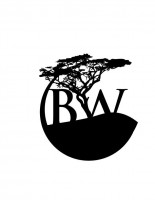
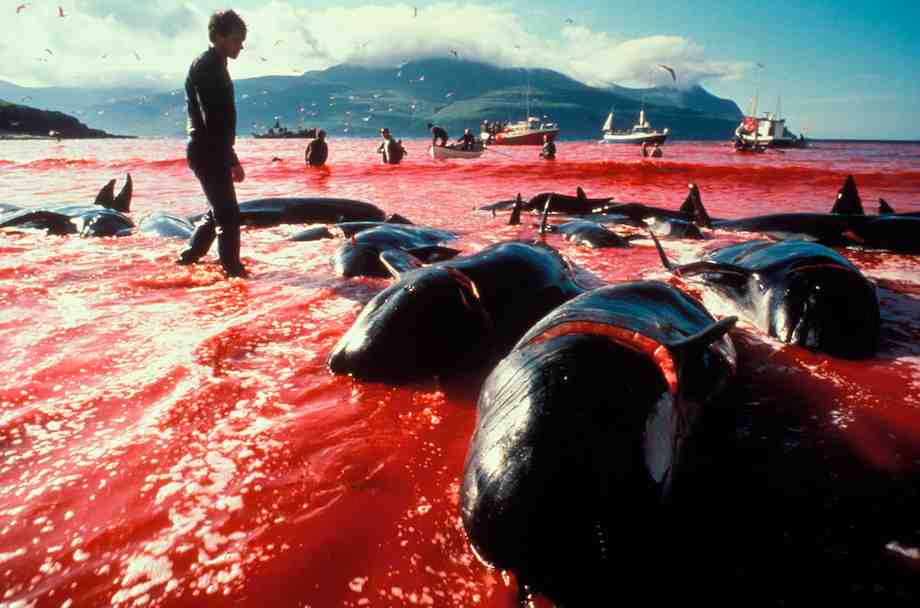

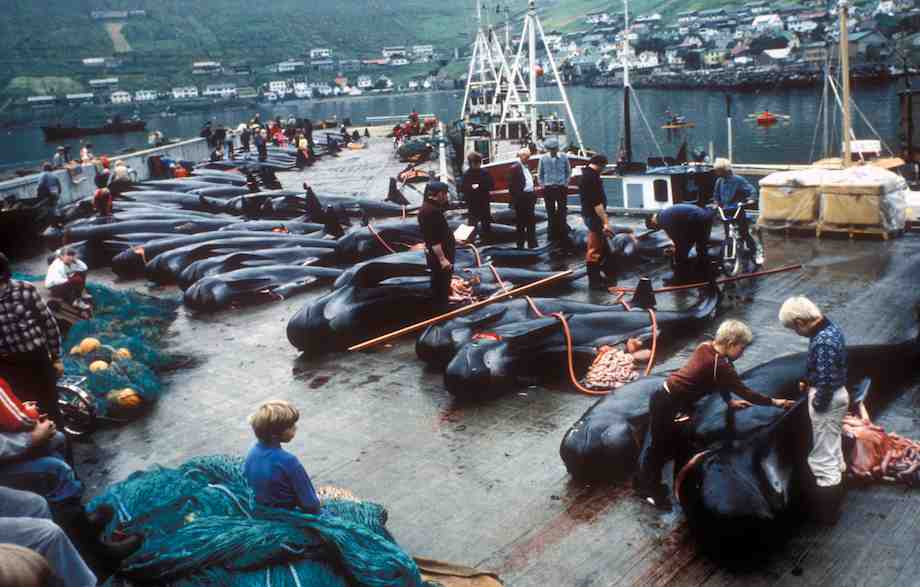
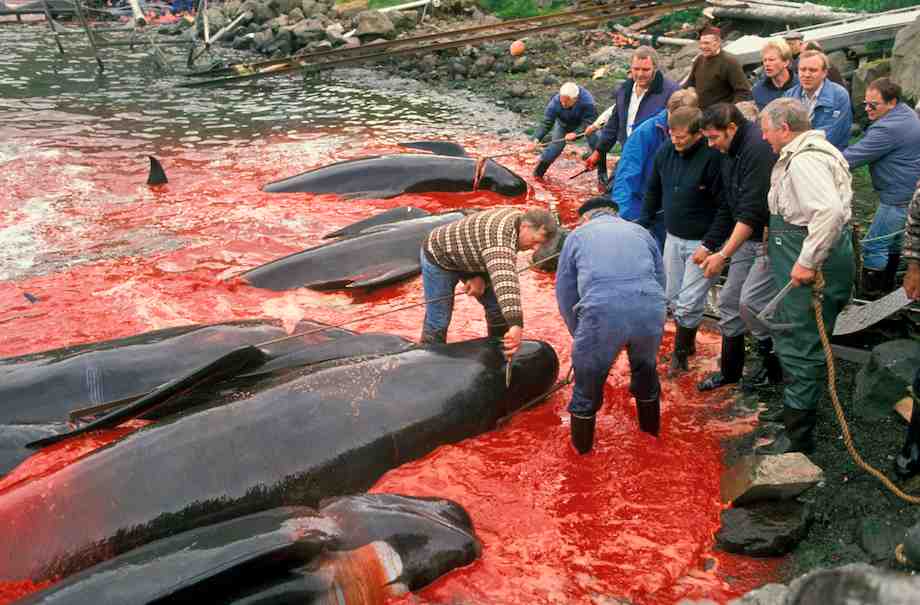
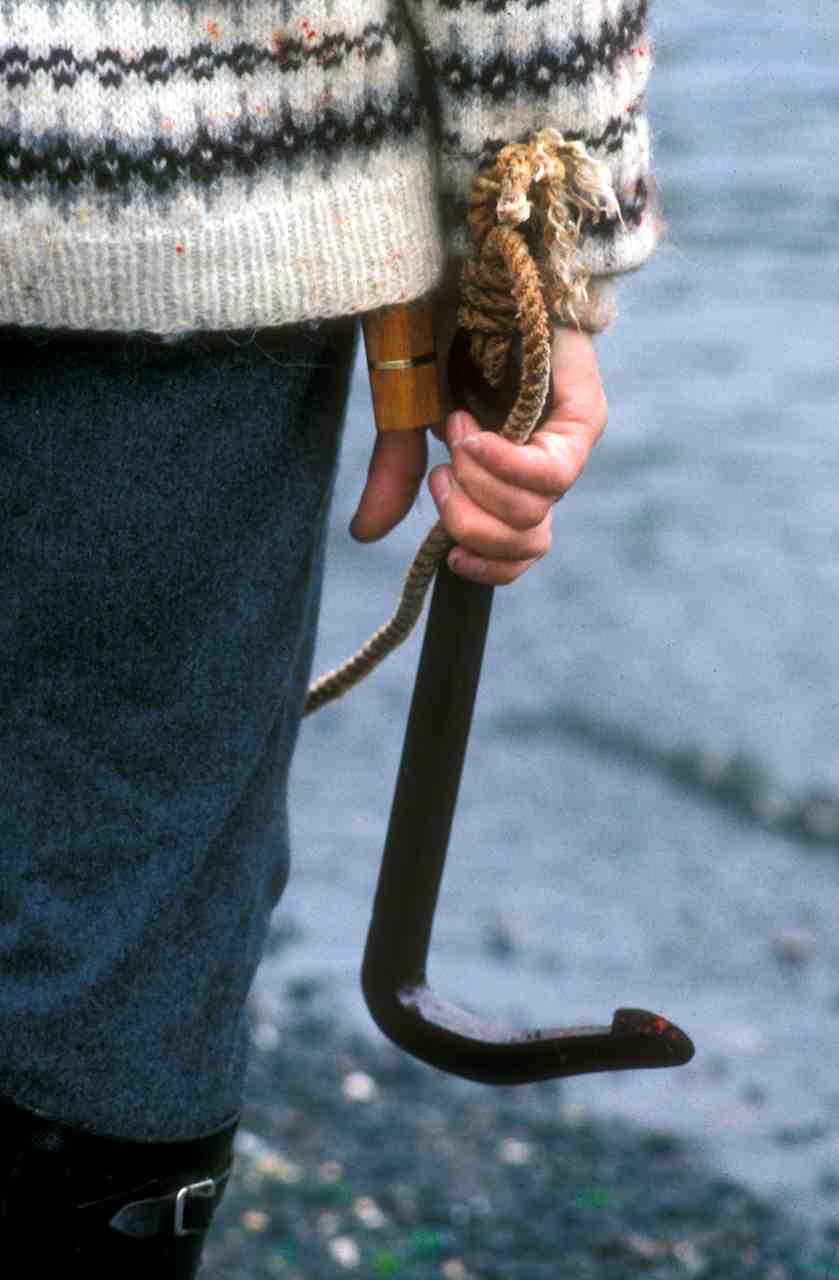
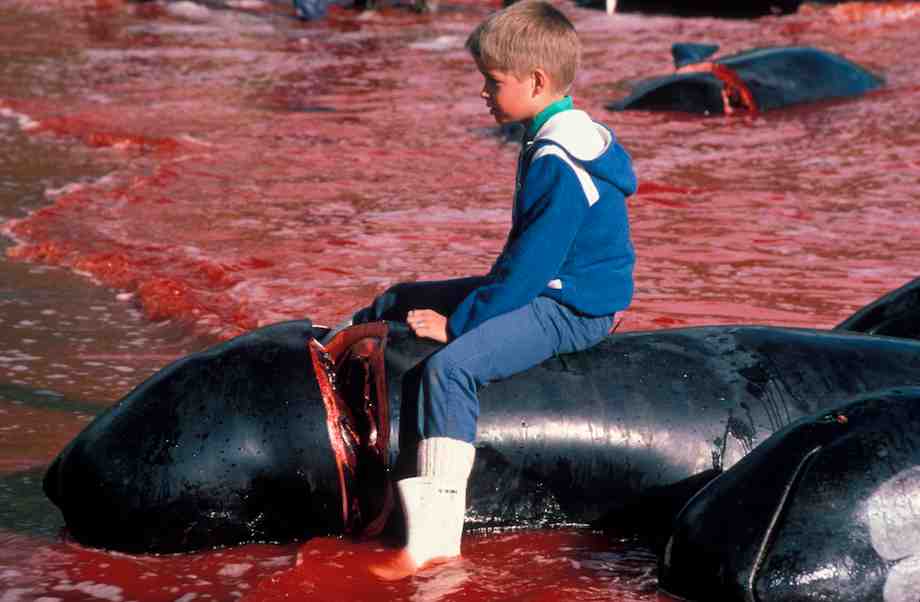
OMG 🙁 Is TERRORIFIC.
Pingback: Extreme hallmark | Silkskinessent